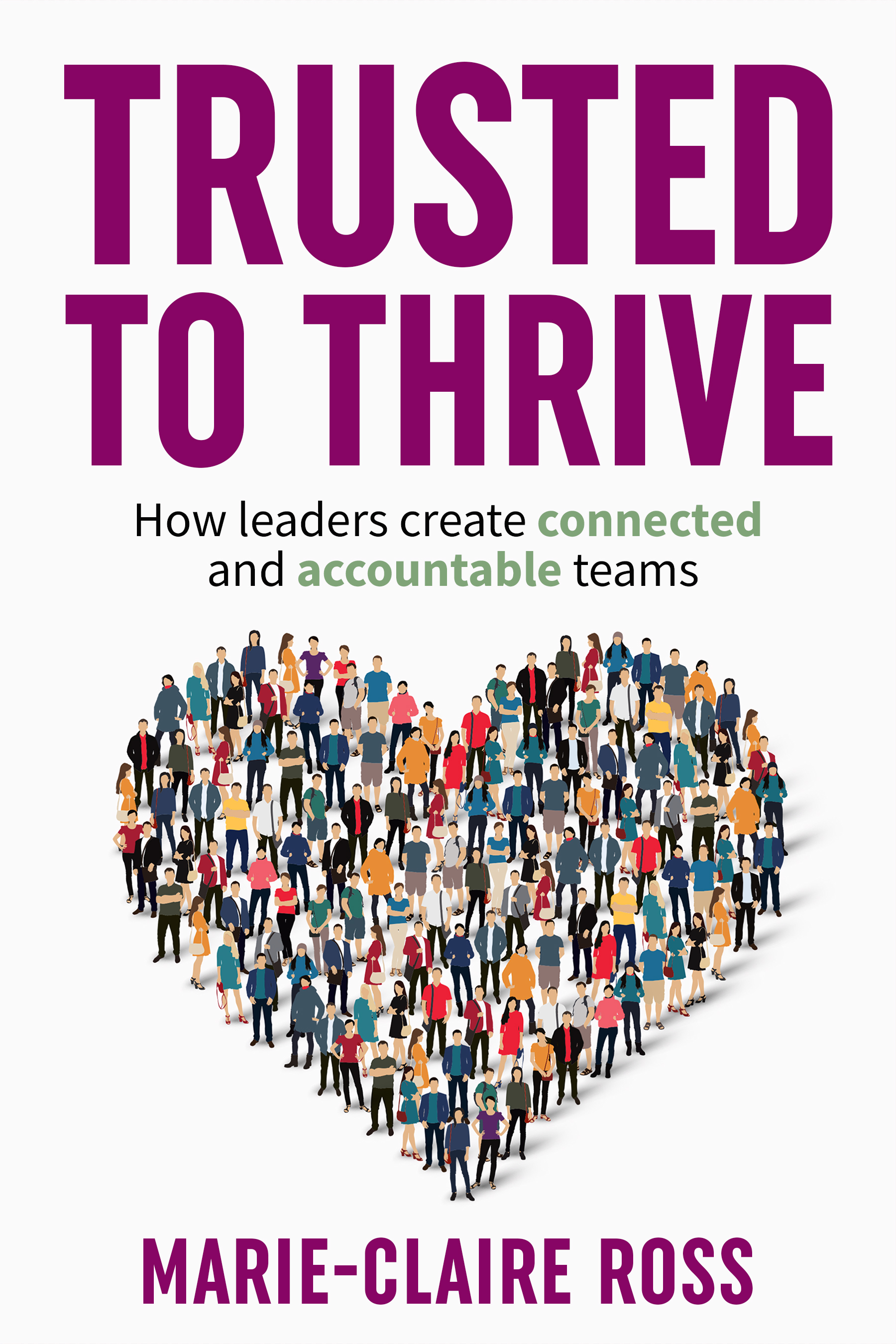
In today's fast-paced world, the value of being busy is deeply ingrained in both our personal and professional lives. We often feel the need to highlight our importance...
We are biologically programmed to look out at the world and determine whether we can trust those around us. But we aren’t designed to look at ourselves to see whether we are behaving in a trustworthy manner.
We often don’t realise that trust is measured in both directions. While we’re sizing other people up as to how trustworthy they are, they’re also assessing whether we can be trusted. Thanks to our biological wiring we spend more time protecting ourselves from others than actually considering what signals we’re sending out about our own trustworthiness.
In a workplace, trust-building becomes more complex and nuanced. Normally, each team leader has multiple stakeholders that they need to build trust with in a two-way fashion. So all of a sudden, trust building is more multi-directional and complicated.
Trust is a feedback loop. How you build trust with others, shapes how they build trust with you. What you send out, comes back to you. How you build trust with others is reflected in how they treat you.
Yet, many leaders I speak to see trust as a one-way proposition - what people need to do for them. Usually leaders will tell me that they want to build trust, in order for their team to do work right, other teams to collaborate better with their team and for the executive to trust what they are doing. Sometimes what they really want to know is how to get other people to trust them, so they can get access to money, information or other resources. In other words, relationship building is transactional - a means to meet their needs.
But this one-way outlook can do more harm than good. Leaders tend to look outwards, not inwards.
I've done research within multiple companies around the globe, to uncover what stakeholders want from their team leaders in terms of building trust. What team leaders want in terms of trust is different from what other people want from them. Creating tension that can create big trust issues.
|
Inwards - Team Leader (How we want others to build trust with us) |
Outwards - Other Stakeholders (How others want us to build trust with them) |
|
1. I want to trust my people to get work done right and on time |
Top Leaders: Want to trust the leader is doing the right things, to challenge employees in their role. And do great work to uphold brand reputation. Direct Reports: Want to trust that you will do the right thing by them when they make a mistake and support them. Your peers: Want to trust that you team will deliver on time and on standard. |
|
2. I want trust between frontline and leadership |
Top Leaders: Want to trust that you are communicating their strategy in an energetic and understandable manner to help them with changing culture. Direct Reports: Want to trust that executives care about them and have their best interests at heart, before they back a new initiative or change. Your peers: Want to trust that you are motivating and aligning your team to the same vision and client success standards. |
|
3. I want to trust leaders in other teams to do the right thing by me and my team. |
Top Leaders: Want you to provide a holistic understanding of the interactions between all the moving parts across an organisation, in order to reduce silos. Direct Reports: Want to trust that other teams can be relied upon and are enjoyable to work with. Our peers: Want to trust that you are sharing information, resources and insights with them to improve their performance, not just your own. |
These might seem like a match, but so often these subtle semantics get lost in the mix. Resulting in our stakeholders being frustrated that their needs aren’t being met.
Understanding how other people want you to develop trust with them is a critical leadership skill that few work on.
It requires being intentional and understanding how to build sustainable, long lasting relationships with everyone around you. Not just those who are strategically important. But also understanding that there are two sides of the equation that you need to balance up.
Is it worth it? Oh, yes!
When you do understand your different stakeholder needs, you become a trusted, empathetic leader that people will follow in a heartbeat - opening up opportunities you never thought possible.

In today's fast-paced world, the value of being busy is deeply ingrained in both our personal and professional lives. We often feel the need to highlight our importance...

As humans, we want to be with other humans and be part of something bigger and better than we can create on our own.